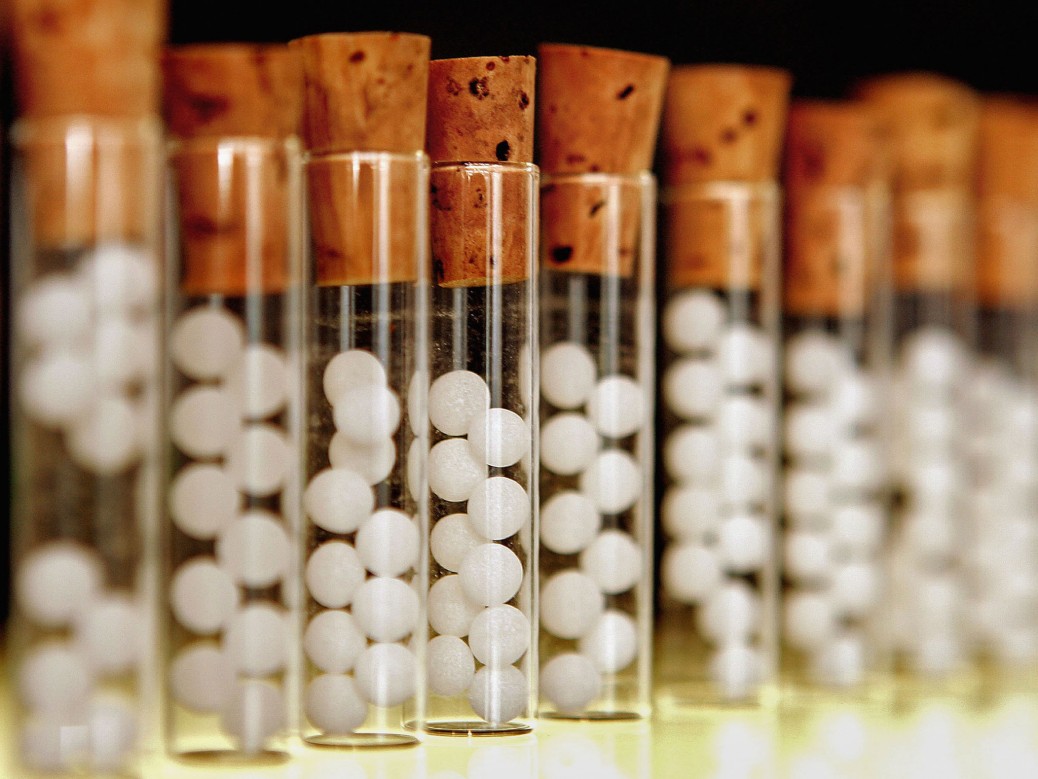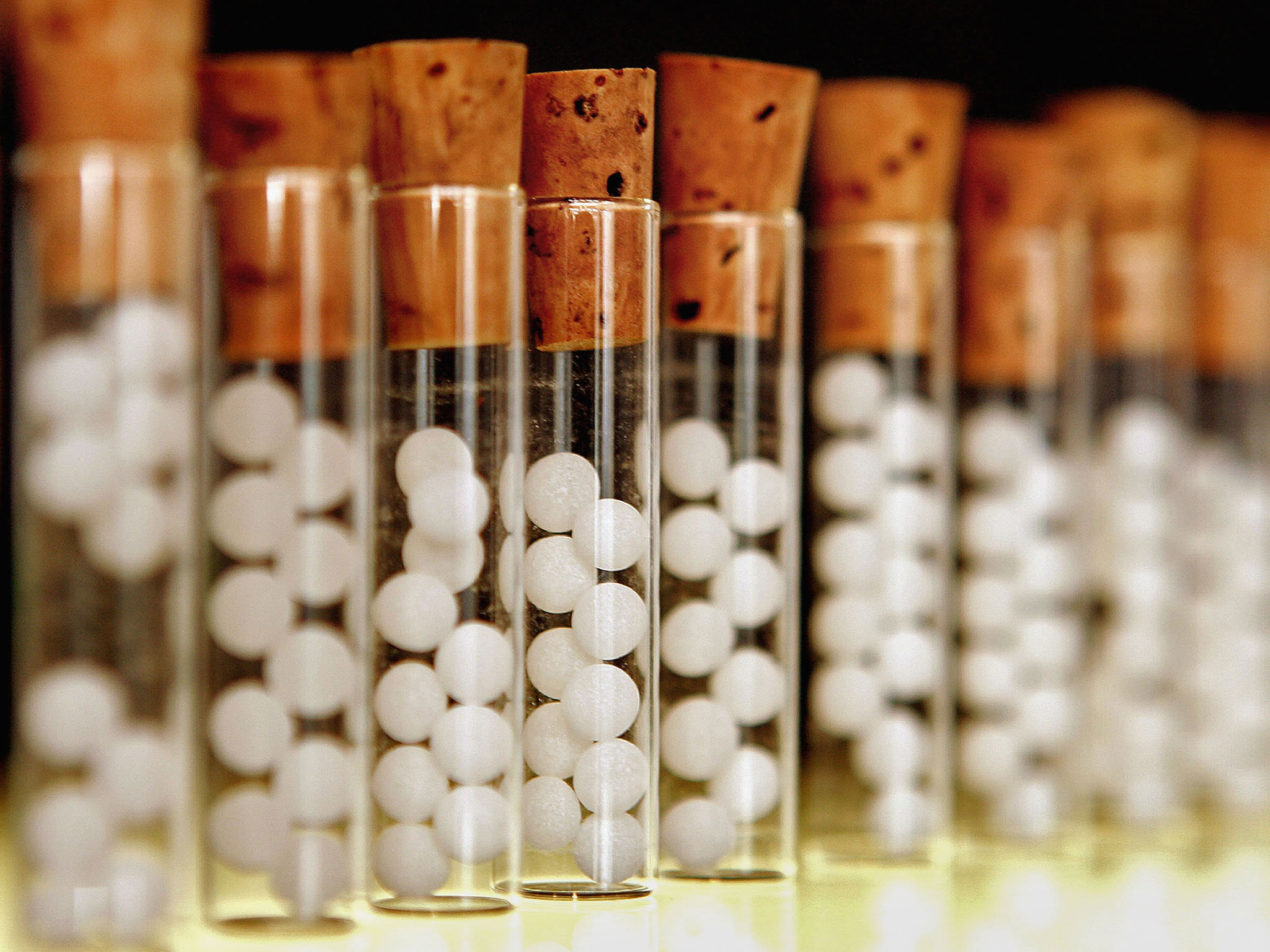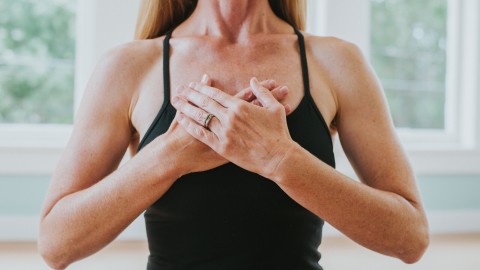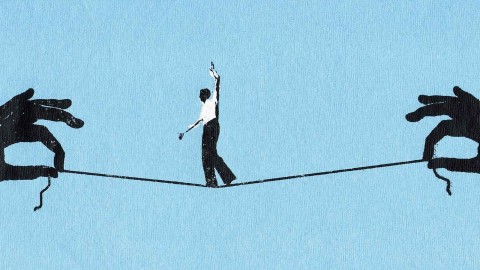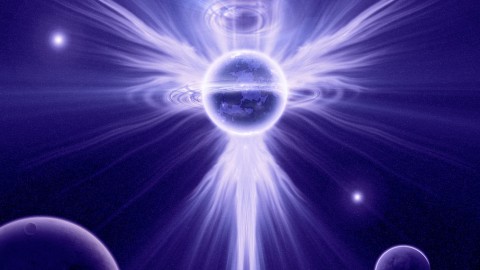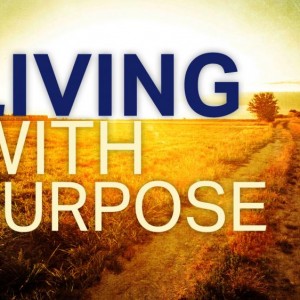Low blood pressure (hypotension) might seem desirable, and for some people, it causes no problems.
However, for many people, abnormally low blood pressure (hypotension) can cause dizziness and fainting. In severe cases, low blood pressure can be life-threatening. A blood pressure reading lower than 90 millimeters of mercury (mm Hg) for the top number (systolic) or 60 mm Hg for the bottom number (diastolic) is generally considered low blood pressure.
The causes of low blood pressure can range from dehydration to serious medical disorders. It’s important to find out what’s causing your low blood pressure so that it can be treated.
Symptoms
For some people, low blood pressure signals an underlying problem, especially when it drops suddenly or is accompanied by signs and symptoms such as:
- Dizziness or lightheadedness
- Fainting
- Blurred or fading vision
- Nausea
- Fatigue
- Lack of concentration
Shock
Extreme hypotension can result in this life-threatening condition. Signs and symptoms include:
- Confusion, especially in older people
- Cold, clammy, pale skin
- Rapid, shallow breathing
- Weak and rapid pulse
Causes
Blood pressure is a measurement of the pressure in your arteries during the active and resting phases of each heartbeat.
- Systolic pressure. The top number in a blood pressure reading is the amount of pressure your heart produces when pumping blood through your arteries to the rest of your body.
- Diastolic pressure. The bottom number in a blood pressure reading refers to the amount of pressure in your arteries when your heart is at rest between beats.
Current guidelines identify normal blood pressure as lower than 120/80 mm Hg.
Blood pressure varies throughout the day, depending on:
- Body position
- Breathing rhythm
- Stress level
- Physical condition
- Medications you take
- What you eat and drink
- Time of day
Blood pressure is usually lowest at night and rises sharply on waking.
Low blood pressure as readings lower than 90 mm Hg systolic or 60 mm Hg diastolic. If either number is below that, your pressure is lower than normal.
A sudden fall in blood pressure can be dangerous. A change of just 20 mm Hg – a drop from 110 systolic to 90 mm Hg systolic, for example – can cause dizziness and fainting when the brain fails to receive enough blood. And big drops, such as those caused by uncontrolled bleeding, severe infections or allergic reactions, can be life-threatening
Conditions that can cause low blood pressure
Medical conditions that can cause low blood pressure include:
- Pregnancy. Because the circulatory system expands rapidly during pregnancy, blood pressure is likely to drop. This is normal, and blood pressure usually returns to your pre-pregnancy level after you’ve given birth.
- Heart problems. Some heart conditions that can lead to low blood pressure include extremely low heart rate (bradycardia), heart valve problems, heart attack and heart failure.
- Endocrine problems. Parathyroid disease, adrenal insufficiency (Addison’s disease), low blood sugar (hypoglycemia) and, in some cases, diabetes can trigger low blood pressure.
- Dehydration. When your body loses more water than it takes in, it can cause weakness, dizziness and fatigue. Fever, vomiting, severe diarrhea, overuse of diuretics and strenuous exercise can lead to dehydration.
- Blood loss. Losing a lot of blood, such as from a major injury or internal bleeding, reduces the amount of blood in your body, leading to a severe drop in blood pressure.
- Severe infection (septicemia). When an infection in the body enters the bloodstream, it can lead to a life-threatening drop in blood pressure called septic shock.
- Severe allergic reaction (anaphylaxis). Common triggers of this severe and potentially life-threatening reaction include foods, certain medications, insect venoms and latex. Anaphylaxis can cause breathing problems, hives, itching, a swollen throat and a dangerous drop in blood pressure.
- Lack of nutrients in your diet. A lack of the vitamin B-12, folate and iron can keep your body from producing enough red blood cells (anemia), causing low blood pressure.
Medications that can cause low blood pressure
Some medications can cause low blood pressure, including:
- Water pills (diuretics), such as furosemide (Lasix) and hydrochlorothiazide (Microzide, others)
- Alpha blockers, such as prazosin (Minipress)
- Beta blockers, such as atenolol (Tenormin) and propranolol (Inderal, Innopran XL, others)
- Drugs for Parkinson’s disease, such as pramipexole (Mirapex) or those containing Levodopa
- Certain types of antidepressants (tricyclic antidepressants), including doxepin (Silenor) and imipramine (Tofranil)
- Drugs for erectile dysfunction, including sildenafil (Revatio, Viagra) or tadalafil (Adcirca, Alyq, Cialis), particularly when taken with the heart medication nitroglycerin (Nitrostat, others)
Types of low blood pressure
1. Low blood pressure on standing up (orthostatic or postural hypotension). This is a sudden drop in blood pressure when you stand up from a sitting position or after lying down.
Gravity causes blood to pool in your legs when you stand. Ordinarily, your body compensates by increasing your heart rate and constricting blood vessels, thereby ensuring that enough blood returns to your brain.
But in people with orthostatic hypotension, this compensating mechanism fails and blood pressure falls, leading to dizziness, lightheadedness, blurred vision and even fainting.
Orthostatic hypotension can occur for various reasons, including dehydration, prolonged bed rest, pregnancy, diabetes, heart problems, burns, excessive heat, large varicose veins and certain neurological disorders.
A number of medications also can cause orthostatic hypotension, particularly drugs used to treat high blood pressure – diuretics, beta blockers, calcium channel blockers and angiotensin-converting enzyme (ACE) inhibitors – as well as antidepressants and drugs used to treat Parkinson’s disease and erectile dysfunction.
Orthostatic hypotension is especially common in older adults, but it also affects young, otherwise healthy people who stand up suddenly after sitting with their legs crossed for long periods or after squatting for a time.
2. Low blood pressure after eating (postprandial hypotension). This drop in blood pressure occurs one to two hours after eating and affects mostly older adults.
Blood flows to your digestive tract after you eat. Ordinarily, your body increases your heart rate and constricts certain blood vessels to help maintain normal blood pressure. But in some people these mechanisms fail, leading to dizziness, faintness and falls. Postprandial hypotension is more likely to affect people with high blood pressure or autonomic nervous system disorders such as Parkinson’s disease.
Eating small, low-carbohydrate meals; drinking more water; and avoiding alcohol might help reduce symptoms.
3. Low blood pressure from faulty brain signals (neurally mediated hypotension). This disorder, which causes a blood pressure drop after standing for long periods, mostly affects young adults and children. It seems to occur because of a miscommunication between the heart and the brain.
4. Low blood pressure due to nervous system damage (multiple system atrophy with orthostatic hypotension). Also called Shy-Drager syndrome, this rare disorder has many Parkinson disease-like symptoms. It causes progressive damage to the autonomic nervous system, which controls involuntary functions such as blood pressure, heart rate, breathing and digestion. It’s associated with having very high blood pressure while lying down.
Risk factors
Low blood pressure (hypotension) can occur in anyone, though certain types of low blood pressure are more common depending on your age or other factors:
- Age. Drops in blood pressure on standing or after eating occur primarily in adults older than 65. Neurally mediated hypotension primarily affects children and younger adults.
- Medications. People who take certain medications, for example, high blood pressure medications such as alpha blockers, have a greater risk of low blood pressure.
- Certain diseases. Parkinson’s disease, diabetes and some heart conditions put you at a greater risk of developing low blood pressure.
Complications
Even moderate forms of low blood pressure can cause dizziness, weakness, fainting and a risk of injury from falls.
And severely low blood pressure can deprive your body of enough oxygen to carry out its functions, leading to damage to your heart and brain.
Homoeopathic Treatments
1. Gelsemium:
Common Name: Yellow jasmine
Symptoms: Mentioned below are some of the signs and symptoms along with peculiar characteristics of the individuals for whom this remedy would be effective.
- Drowsiness, dizziness, dullness and trembling caused due to a reduction in blood pressure.
- Dull headache, which will be more in the occipital (back of the head) region.
- Sensation of heaviness in the eyes. There will be continuous twitching (flickering) of the eyelids. (Read more: Eye twitching causes)
- In spite of extreme weakness, the person does not feel thirsty.
- Slow breathing
- Fever
- Due to weakness, there is so much shaking that the patient needs to be held.
2. Viscum Album:
Common Name: Mistletoe
Symptoms: The most commonly indicated remedy for low blood pressure is Viscum album. It works when a patient has the following symptoms.
- Slow pulse.
- Sensation of buzzing and stopped-up feeling in the ears.
- Dyspnoea (difficulty in breathing) is experienced, due to which the person keeps getting a cough on and off.
- A feeling of heaviness in the heart region so that it feels as if there is some weight on it.
- Palpitations (fast and loud heartbeats).
3. Glonoine:
Common Name: Nitroglycerine
Symptoms: This remedy is indicated when a person has the following symptoms.
- Giddiness with heaviness in the head.
- Pulsating headaches and pulsations that are felt all over the body.
- Headache is mostly due to exposure to excessive heat.
- Head feels heavy, but the person cannot lay their head on a pillow.
- Headache increases as the sun rises (morning to afternoon) and decreases when the sun goes down (evening).
- Pains mostly, only the left side of the head.
- Giddiness as the person gets up from a sitting position and stands straight.
- Rapid heart rate with difficulty in breathing along with low blood pressure. (Read more: Tachycardia treatment)
4. Natrum Muriaticum:
Common Name: Chloride of sodium
Symptoms: This is a great remedy for maintaining blood pressure and treating hyperthyroidism. It is particularly suitable for school girls who complain of headaches. The following symptoms help to distinguish this remedy from others when it comes to treating low blood pressure:
- Throbbing headaches that feel like thousands of hammers constantly hitting the head from within.
- Symptoms are worse in the morning.
- Chronic, long-standing headache.
- Craving for salt, possibly due to low blood pressure.
- Sinusitis in which congestion is felt in the face.
- Tremendous weakness.
- Confusion and vision problems like letters running together and a zig-zag appearance around all objects.
5. Carbo Vegetabilis:
Common Name: Vegetable charcoal
Symptoms: Patients who benefit from this remedy tend to be fat, flabby and sluggish in their activities. They tend to experience the following symptoms.
- Blood circulation seems to have reduced or become stagnant, causing blueness of skin.
- Body becomes icy cold and blue, possibly due to dehydration.
- Immense weakness.
- Pulse is imperceptible.
- A tendency to fall sick repeatedly.
- Head spins along with a buzzing sound in the ears
- Constant nausea.
6. China Officinalis:
Common Name: Peruvian bark China
Symptoms: This is a good remedy for individuals who have low blood pressure due to loss of fluids from the body like water and blood.
- Extreme weakness and prostration.
- Severe headaches wherein a person feels as if their skull would burst open.
- A weird sensation in the head as if the brain is banging to and fro against the skull.
- The blood vessels in the neck, that is, the carotid arteries, pulsate intensely.
- Symptoms are mainly worse in open air.
- Dizziness when walking.
- Photophobia or sensitivity to light.
- This remedy works particularly well in chronic conditions.
7. Ferrum Metallicum:
Common Name: Iron
Symptoms: This remedy suits individuals who get easily tired with the slightest effort and have the following symptoms.
- Iron deficiency anaemia
- Pale skin and face.
- Weakness, that is felt even after just talking.
- False pinkness on the face which makes the person look normal, but investigations show low haemoglobin.
- People who start feeling giddy even if they see flowing water benefit from this remedy.
- Hammering type of headache which is felt more in the back of the head.
- A feeling of congestion in the head.
- Hoarseness of voice with difficulty in breathing.

